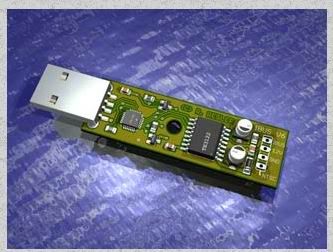scottjoh
Club Guest
- Joined
- Aug 4, 2010
- Messages
- 8
- Points
- 0
jarance;555874 said:woh, there is a lot relays..
curious to know what would the cost would be for SSR retrofit as compare to conventional relay?
btw, can you advise the circuit for the SSR? I am now considering it as a project.
For more info on H-Bridges take a look at Wikipedia.org http://en.wikipedia.org/wiki/H-bridge
Also take a look at the L298 IC from ST Micro (formally SGS Thompson). I think this is the chip that the E39 uses in the PM-BT module for the door locks. Here is my web page for the PM-BT module http://www.bmwgm5.com/PM-BT.htm That chip is not suitable to replace the V23084 relays in the GM5 however. The current rating is too low to handle all the motors paralleled in our cars, especially 4-door ones.
aidilj;555880 said:Super website. I've read through your site and now am educated and well prepared for this issue. I thought BMW would use some magic in its circuitry, seems not, just relays. I think the hard part in the solid state relay would be the current handling, 15Amps is huge. How long would these relays be energized at a time typically? Do you find any reason why the front window relays are larger than the rear ones?
Thanks. Nope, our E46's get crappy relays. I'm not sure what the E9x series has. They have worst problems with door locks, but, their problem is the crappy actuators. Not sure if they use relays or solid state to drive them. Signals come from "Junction Box Electronics" No longer called a General Module or Central Body Electronics.
The front window relays are a lot beefier than the door locks since the window relays need to do a lot of heavy lifting. Like those huge coupe windows. And the higher duty cycle. Window relays can stay on for almost 10 seconds to close a completely open window.
Yeah, 15 Amps is a lot, but, the duty cycle is small and if you get a good low on resistance MOSFETs the power dissipation is reasonable. For example, take the Infineon ID90N035S4L-02 MOSFET. It has an on resistance of 2.2 milli-ohms. At 15 amps, that's only 0.033 Volts of drop (15 x 0.0022) and only 495mW of power dissipation (15^2 * 0.0022). This part is rated up to 90 Amps (Id) and 30Volts (Vds) in a little TO-252 package for only $1.47 each. But, finding the right MOSFET and wiring it up isn't the tricky part. It's properly controlling the MOSFETs that's the hard part. If you accidently turn on the top and bottom FET on the same side of the H-bridge you can get 12V across 2, 0.0022 Ohms MOSFETS and you could have a shoot through current of over 2000 Amps (12 / (2 x 0.0022)). This would instantly fry both MOSFETs and since semiconductors tend to fail shorted it would continue to draw current even after the controller has turned the MOSFETs off thus frying the parts and most likely the board. Forget about the fuse protecting anything. A standard 30A automotive fuse can last over 10mS at 450 Amps and not blow. There should always be a small dead time between turning one MOSFET off and turning the other MOSFET on. The circuit should also be extensively tested to make sure it doesn't do anything weird during power up and loss of power conditions. One of my first SSR modules, for unknown reasons, released the magic smoke. I think I know why and my new 4-layer SSR modules have not blown up yet.







